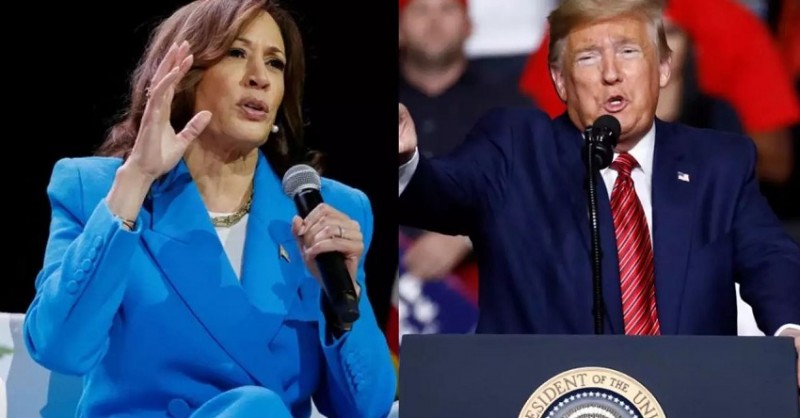
In the recent Indian elections, the majority's vote led to the re-election of Prime Minister Modi for a third term. However, the process of electing a leader differs significantly in the United States.
While Indians vote directly for their leader, the US employs a unique system involving the Electoral College, rather than a direct popular vote. As Kamala Harris and Donald Trump prepare for the November 5, 2024 election, it's important to understand how the US elects its President.
Here’s a simplified overview of the US Presidential election process:
The election system is complex. To win, a candidate needs to secure a majority of the 538 electoral votes, not just the popular vote. The winner-takes-all system means that the candidate with the most votes in a state gets all of that state’s electoral votes, regardless of the margin.
It is possible for a candidate to win the nationwide popular vote but lose the presidency if they don’t secure enough states to achieve a majority of electoral votes. For instance, in 2016, Donald Trump won the presidency despite receiving nearly three million fewer votes than Hillary Clinton, thanks to securing more electoral votes.
Additionally, electors who vote against their state's popular choice are known as "faithless electors". In 2016, seven electors voted contrary to their state’s preference, but this did not change the overall election result.
This year’s United States Election Day is set for November 5.
Read More:
Trump and Harris Set to Debate on September 10 Under THESE New Rules
Trump and Harris Clash Over Debate Microphone Rules Ahead of September Showdown
Kamala Harris Raises Record-Breaking $540 Million for Presidential Bid